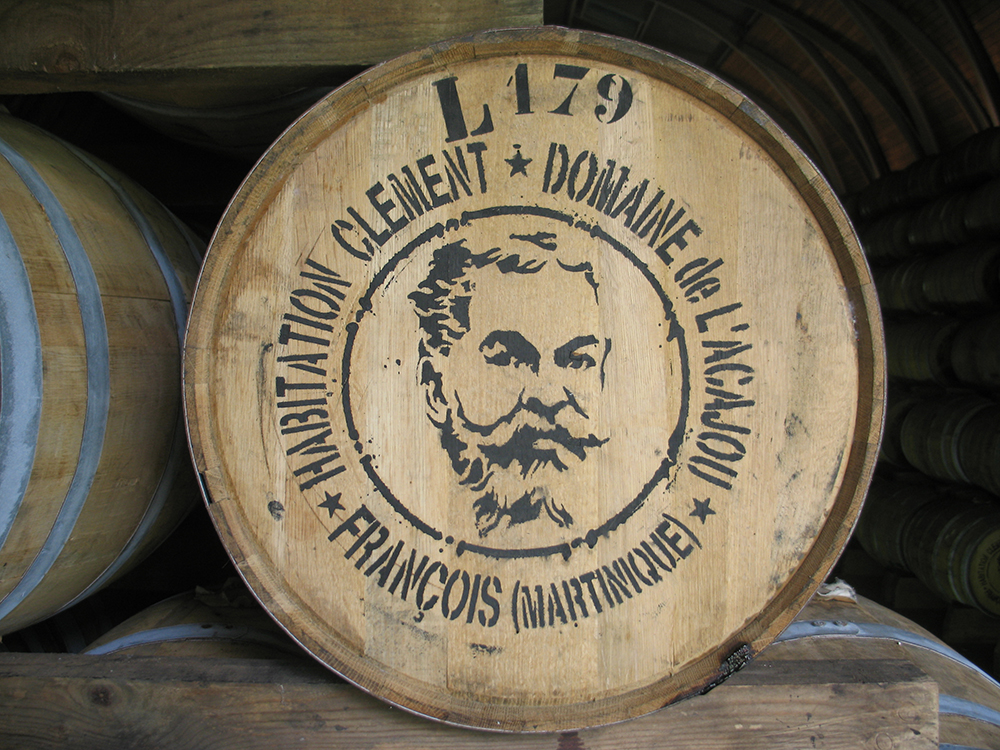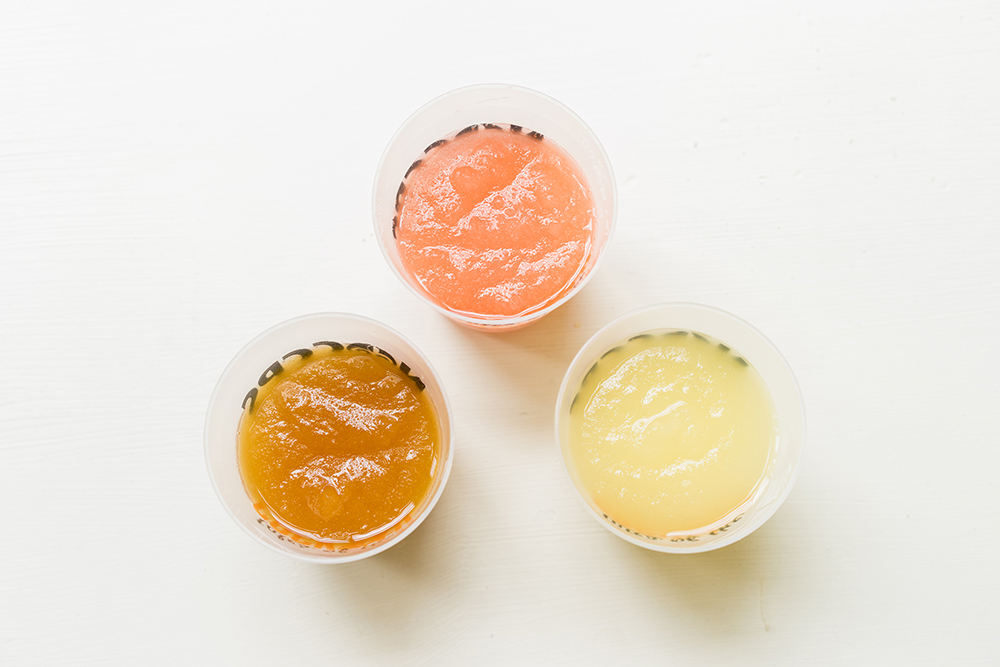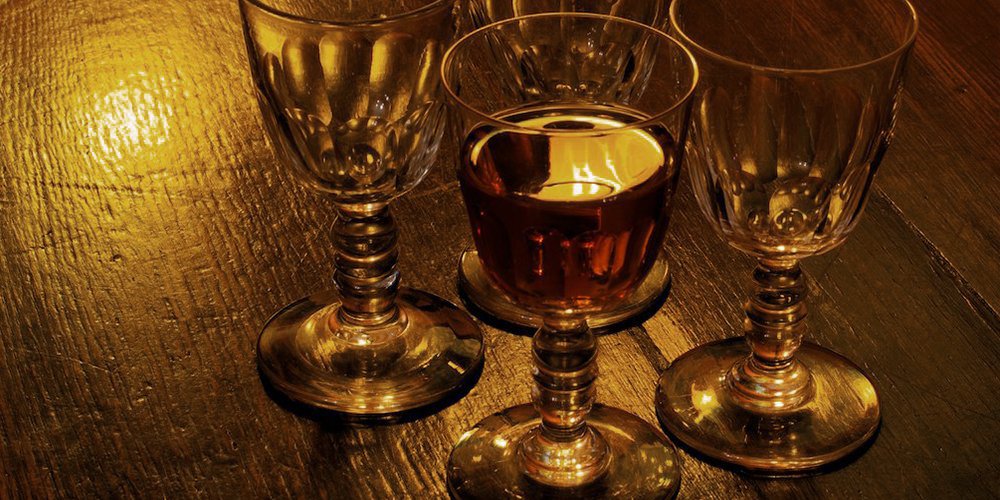Step aside, Scotch. Move over, bourbon. Make some room, tequila. It’s rum’s time to shine.
Bartenders across the country are increasingly turning to the sweet, tropical spirit and moving beyond its (undeserved) reputation as a bottom shelf booze. For long-time acolytes, it’s been a long time coming.
The Rum Renaissance
“Rum is emerging from its perception as ordinary and unremarkable,” said Robert A. Burr, author of Rob’s Rum Guide and internationally recognized rum expert. “Rum is being rediscovered as interesting, delightful and fascinating. Like the wine and craft beer movements, rum is being recognized for its incredible range, variety and styles that vary significantly among the regions and territories in which it is produced.”
Tequila comes from a single location, as does Cognac and Champagne.
“Rum comes from tropical regions around the world, although the Caribbean is the place where rum has played such a vital and critical role in terms of culture, politics and economics,” Burr said. “It takes time to understand and the depth and breadth of rum, but that process is now well underway.”
And as bartenders began to plumb the depths of the rum category, they’re beginning to understand rum’s sister – rhum.
Rum vs. Rhum
The extra letter aside, the distinction between rum and rhum appears simplistic. Rum is distilled from molasses. Rhum is distilled from sugarcane juice.
Benjamin Jones of Rhum Clément (one of the top rhum agricole producers, and one of the only rums to have received French AOC status) said that the recent surge in attention to rums has been a boon for the Martinique-based distillery.
“Rhum agricole in general is a very specific and special style of rum,” Jones said. “Like many wine-producing regions in Europe, AOC Rhum Agricole has a long set of rules regulating everything from varietal of sugarcane, distillation proof, and aging methods.”
Clément further stands out among rhum agricole producers, he said, because of the distillery’s expertise in distillation of different varietals of sugarcane as well as aging rhum in particular oak barrels and blending together to create a unique finish.
The uniqueness of the spirit – and the increased scrutiny to meet AOC regulations – means rhum also shares a pedigree with often higher-regarded spirits.
“Rhum agricole has the privilege of being an open book about our history and production methods due to the strict regulations we must adhere to in the method of production governed both by the AOC and the French Government/ European Union,” Jones said.
 Clément stands out among rhum agricole producers thanks to the distillery’s expertise in distillation of different varietals of sugarcane, as well as aging rhum in particular oak barrels. Photo via Flickr/Gaël Chardon.
Clément stands out among rhum agricole producers thanks to the distillery’s expertise in distillation of different varietals of sugarcane, as well as aging rhum in particular oak barrels. Photo via Flickr/Gaël Chardon.
Growth of the Category
Jones said Rhum Clément has seen a distinctive uptick in the recent months and years.
“There has been an increased interest in sophisticated high quality spirits across the board,” he said. “Rhum agricole fits into this perfectly because of the heritage and distinctive flavor profile. It is an internationally well-established category that is still somewhat undiscovered in America.”
The continued growth of rum has had further positive effects.
Burr said that bartenders can now have better access to unique offerings, like the rums of Foursquare Distillery from Barbados. He points to Doorly’s XO as an example of a fine aged rum, made from both batch pot stills and continuous column stills.
“It offers wonderful complexity,” Burr said.
That’s not to say you have to go esoteric for a great rum. Burr recommended the Bacardi 8 for an easily accessible rum that still holds up to intense mixology, but can be sipped on its own.
“Warm and fruity, wonderfully matured in bourbon barrels, it’s a very well balanced rum for those that appreciate the light, dry profile,” he said.
Where to Begin
With so many options on the market, it can be overwhelming. As with as any spirit, Burr recommends taking the time to explore the wide world of rums and make your own decisions.
“You have to take a trip around the world with rum,” he said.
Burr recommends starting in Barbados, Jamaica, Guyana and Trinidad. Taste some popular rums that help define their style of their country like Mount Gay, Appleton, El Dorado and Angostura.
Move on to rums of Dominican Republic, Puerto Rico, Panama, Nicaragua, Guatemala and Venezuela. Burr said you’re sure to find some delightful expressions of these cultures in Brugal, Don Q, Abuelo, Flor de Caña, Botran and Santa Teresa.
“Each has unique qualities that reflect the proclivities of their region,” Burr said. “Along the way, you’ll discover rums that suit your taste, that resonate with your palate. From that perspective, you can continue looking for styles and expressions that are in line with your preferences.”
Rhum agricole offers a similar gamut of styles, and Rhum Clément themselves offer a slew of various rhums through both their cocktail collection as well as their aged rum collections.
“Because Martinique has an aggressive hot, humid tropical climate, the angel’s share is much faster and therefore an age expression of Martinique rhum agricole is almost triple of American whiskey,” Jones said. “In other words, a four year rhum is equal to a nine-year bourbon.”

Mixing with Rum/Rhum
Both Burr and Jones offered suggestions on the perfect way to start mixing with the tropical tipple.
For rum, Burr suggested making a classic daiquiri.
“The challenge of making a great daiquiri is simple enough, yet daunting in the pursuit of perfection,” he said. “It’s just the right balance of fresh lime juice and simple syrup, emboldened by a great tasting cane spirit.”
Burr said that shaking with a combination of crushed and cubed ice to exactly the right level of chill and dilution was the critical step that “sets the boys apart from the men.”
“When it’s done well, it’s pure heaven,” he said. “Otherwise, it’s just a drink.”
For rhum agricole, Jones recommended the Ti Punch.
“Ti Punch is a simple cocktail made by stirring rhum agricole with cane syrup or cane sugar and adding a touch of lime juice and a lime twist,” he said. “This is the most classic and simplest way of drinking rhum agricole.”
Both Burr and Jones, however, recommended exploring everything rum/rhum has to offer and simply start dropping your favorites into traditional and modern cocktails and tiki drinks.
“The tiki renaissance has been a great contributor to the increased exposure,” Jones said.
So if you’re looking to find new ways to expand your bar’s repertoire, don’t ignore that bottle of Bacardi.





